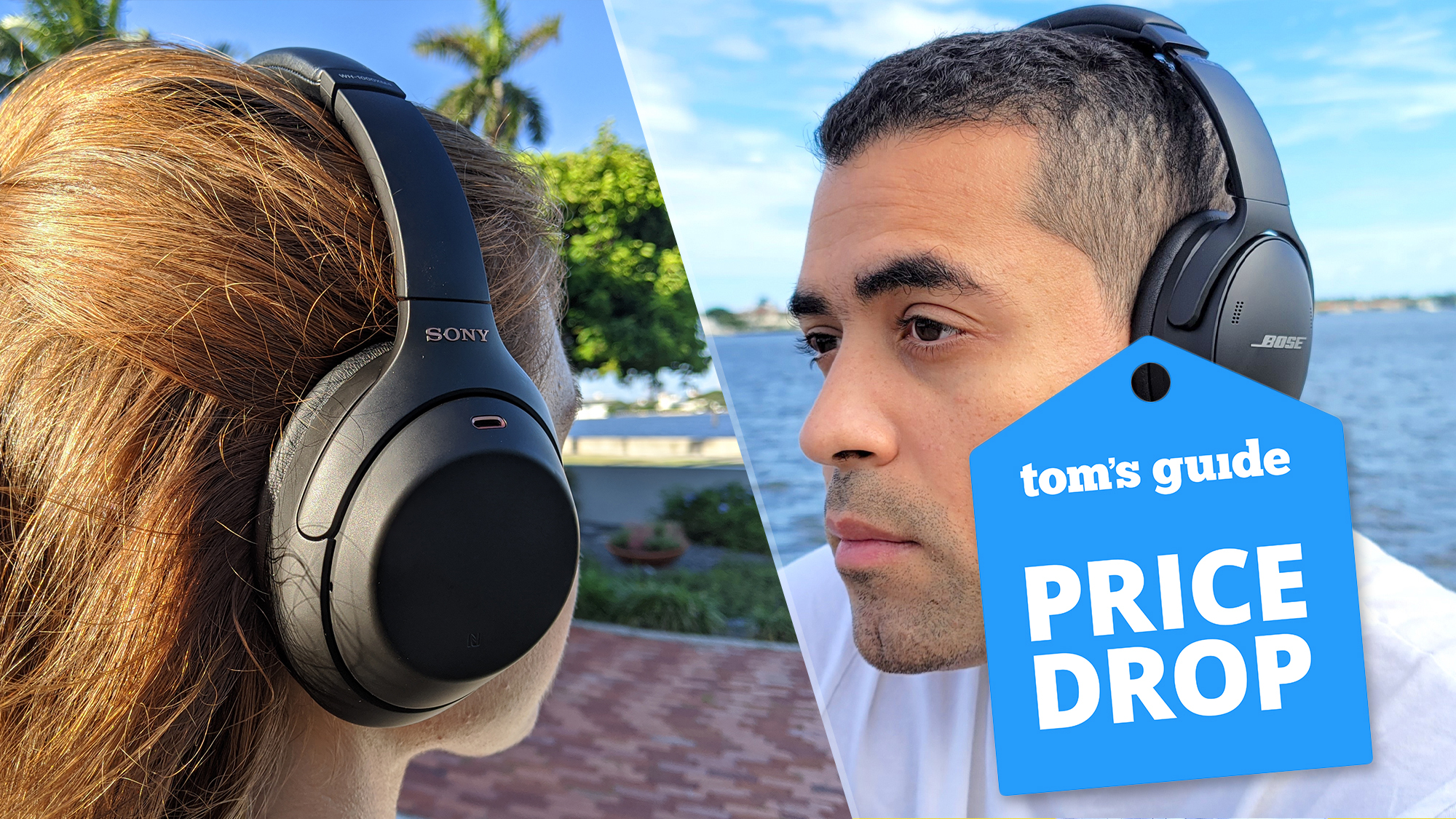I tried TikTok's favorite breathing technique for sleep but it didn't work for me — here's why
The 4-7-8 breathing method has become a popular sleep technique on social media, but does it actually work?
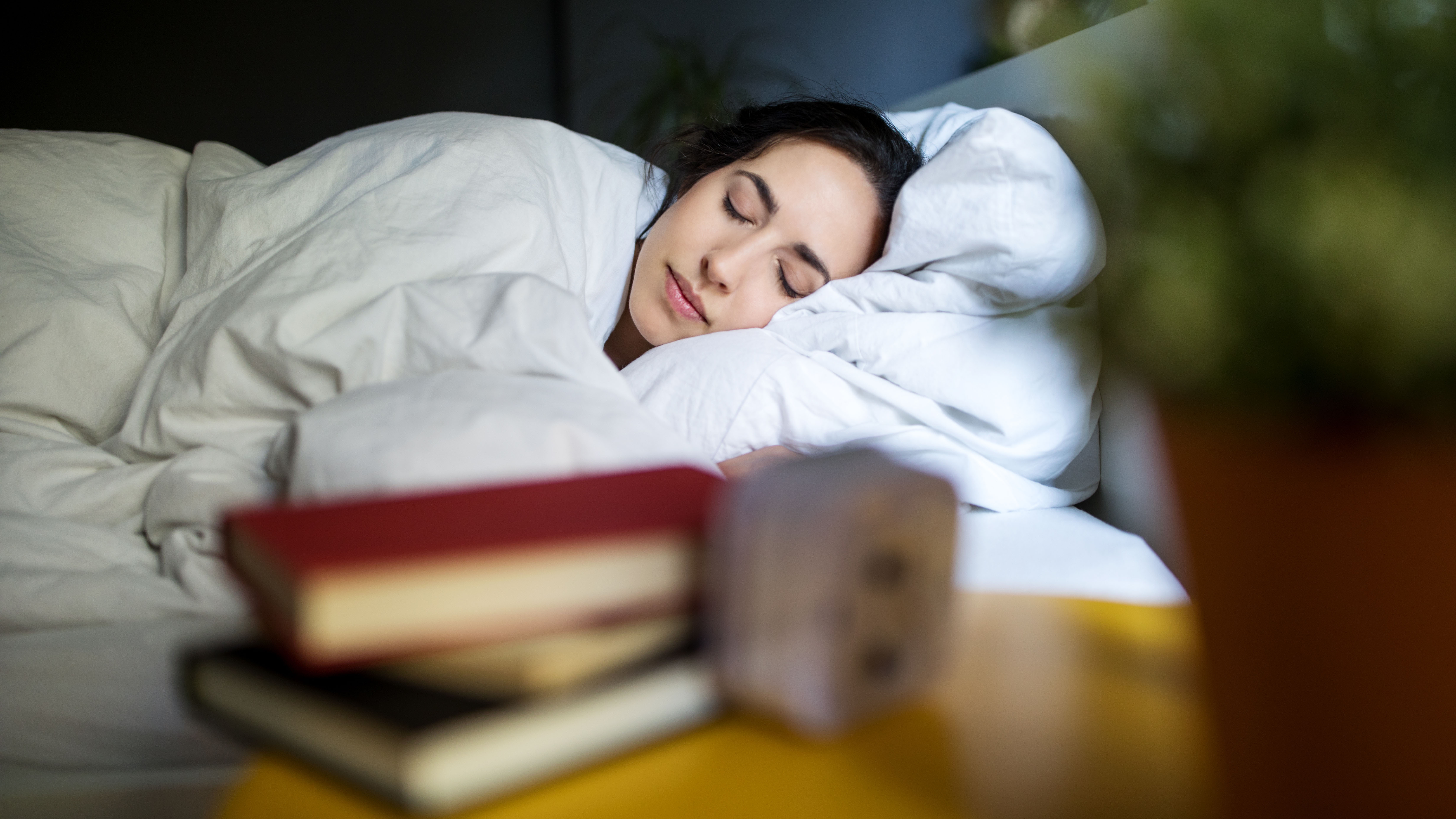
The internet is bursting with supposedly quick-fix techniques to fall asleep faster, and the latest method-of-the-month is the 4 7 8 method. This breathing technique has taken over TikTok recently, with users swearing that it's helped them to relax, ease anxiety and drift off quicker.
However, when there's so many sleep hacks flooding social media, it's difficult to gauge which ones actually work. When there's so many things that affect sleep — from room temperature to finding the best mattress for you — it's hard to believe that a technique as simple as the 4 7 8 method can fix your sleep problems.
That's why I've decided to put the 4 7 8 method to the test by trying it out for a month. Here, I'll explain what the 4 7 8 method is, how it can help you sleep, but what happened when I tried it. Let's get started.
What is the 4 7 8 breathing method for sleep?
The 4 7 8 method is a breathing technique which aims to help you relax, feel less anxious, and fall asleep quicker. The method was developed by Dr Andrew Weil, who has described the 4 7 8 sleep method as “a natural tranquilliser for the nervous system”. Its origins lie in an ancient yogic tradition called pranayama that has been practiced in Eastern cultures for centuries.
The technique is safe and simple to perform:
- Close your mouth and quietly breathe in through your nose, for the count of 4 seconds
- Now gently hold your breath for 7 seconds
- Then audibly breathe out through your mouth for the count of 8, letting the breath whoosh out through pursed lips. That's one cycle
- Repeat these steps for three more cycles
The idea is to do 4 cycles at least twice a day. You can gradually increase to 8 cycles once you get used to it. The beauty of this method is that you can perform it at any time and any place where you want to feel calm, not just in your bedroom at bedtime. While you can practice it once a day (or rather, night), Dr Weil recommends practicing at least twice a day to yield better results.
How does the 4 7 8 method work?
The 4 7 8 method is a type of internal breathing that activates your diaphragm, which studies have shown may trigger body relaxation responses and benefit both physical and mental health. According to Dr Weil, the more you do this exercise, the more impactful it becomes over time.
While it's now mostly seen as a sleep method, Dr Weil developed this method to relieve internal tension during times of stress, such as before a job interview, and the calming method has now been co-opted by online communities to promote sleep. In fact, Dr Weil himself says it can be used to help you fall asleep, or to help you go back to sleep when waking up in the middle of the night.
What happened when I tried the 4 7 8 breathing method for sleep
As part of my New Year's Resolution to get more sleep, I decided to give this method a try to help me drift off better. Dr Weil says that it becomes more impactful over time but doesn't specify how long it takes for it to have a significant effect, so I decided to try practicing this method twice a day for 3 weeks.
Week 1
I aimed to perform 4 cycles of the 4 7 8 method as soon as my head hit the pillow. The tricky thing was to find time to shoehorn in the second round of 4 cycles, as the method needed to be practiced twice a day to be effective. As I planned to use this method for promoting sleep only, rather than for other things such as de-stressing during upsetting situations, it was hard to figure out when to use it. In the end, I opted to use it at the start of my bedtime routine (roughly an hour before bed) as well as during bedtime.
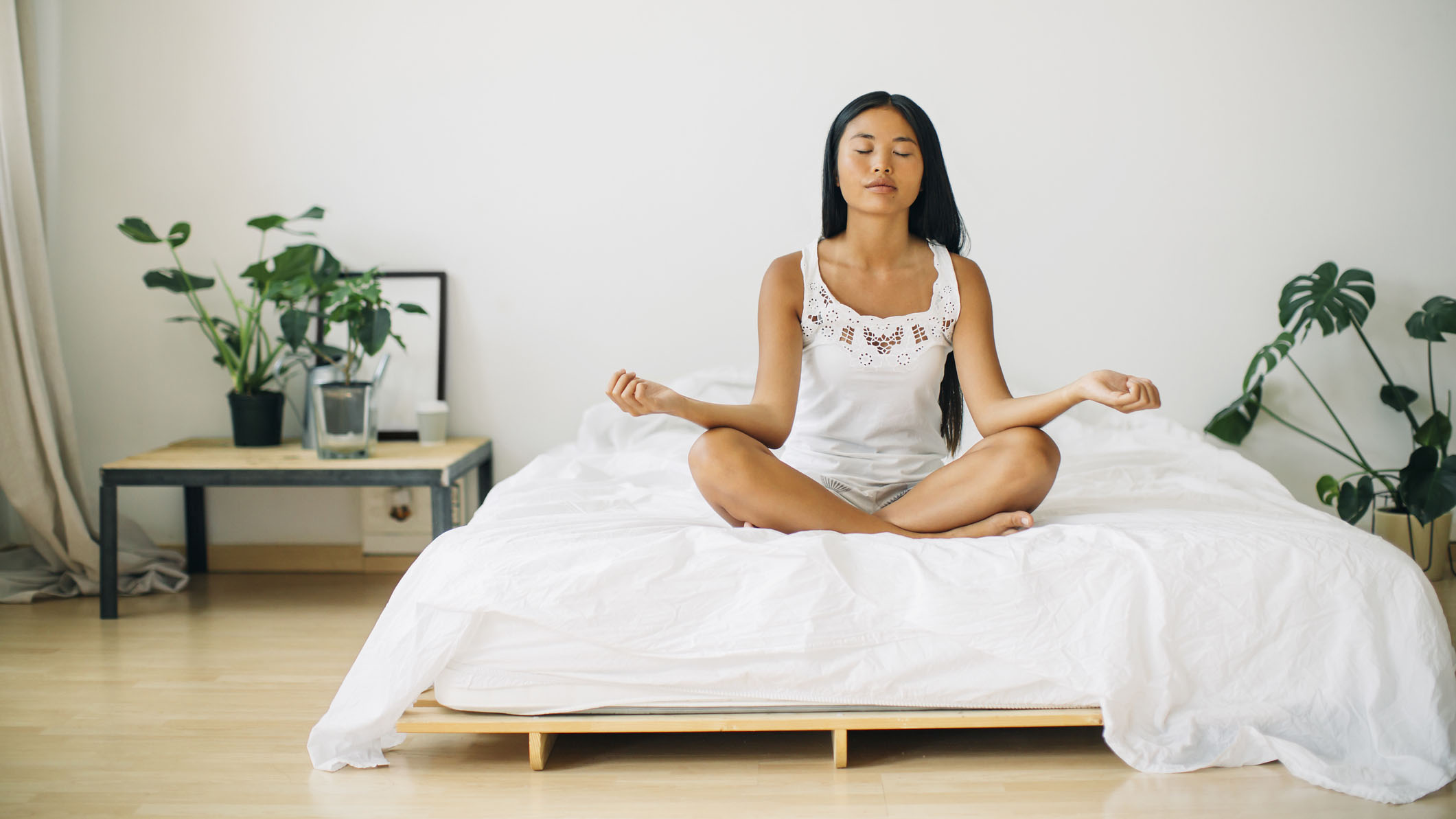
The 4 seconds of inhalation is more difficult than it sounds, and it felt near impossible to inhale for that long. It made me wonder how hard people with a cold or a stuffy nose would find it. Holding my breath for 7 seconds and exhaling for 8 actually felt easy in comparison, but it still left me feeling a bit lightheaded once I completed the 4th cycle — though this feeling passed quite quickly.
One of the positives of this method is that it is very easy to remember in a short amount of time, and I found myself going through the motions automatically. Breathe in, hold, exhale. It's also less time-consuming than the body scan technique or listening to a guided meditation.
Week 2
By the second week, I began to worry if I was performing the method half-heartedly and my breathing technique was becoming sloppy. I found putting my hand on my stomach helped a lot to make sure I was inhaling and exhaling properly. I also noticed that I stopped feeling so lightheaded and dizzy once I finished the cycles. Breathing through my nose for 4 seconds also got a lot easier, and it didn't feel so laboured.
It also provided a nice little distraction when lying in bed. Sometimes when it's dark and quiet, we have a tendency to begin overthinking or panicking about not being able to fall asleep, so concentrating on the 4 7 8 breathing method does help to clear your mind.
Week 3
After 3 weeks, I pretty much had the method down pat — but I did notice one thing. Although I had practiced this method twice a day for weeks, it didn't seem to have a huge impact on my sleep. I drifted off no sooner or later than when I didn't practice this method, and it's definitely not the quick-fix sleep hack that it's being billed as on social media.
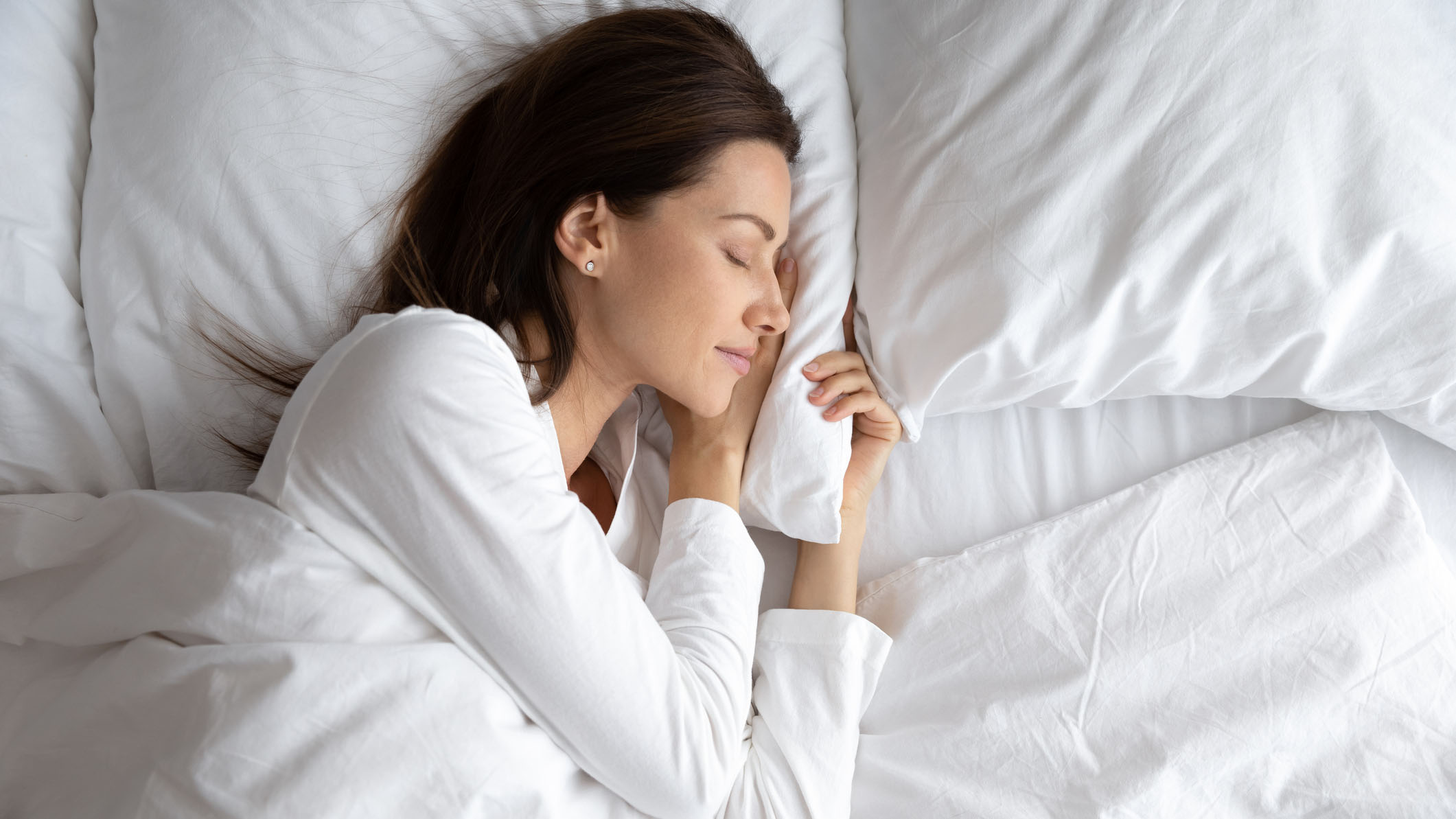
The 4 7 8 method also began to feel like a chore, especially since I had to practice it twice a day. After a long day, when I already felt tired and just wanted to go to sleep, the last thing I wanted to do was go through a breathing exercise.
It started to become clear that this method wasn't the one-size-fits-all sleep remedy that it was being promoted as. Let's be clear, the method was not developed to be a sleep hack, but a breathing exercise to help ease tension and anxiety. The method may be great for those who want to know how to sleep with anxiety, but bedtime anxiety wasn't what I was dealing with here. Trying to relax when in bed was never the issue for me, establishing a consistent bedtime and wake-up time was. While some people's sleep issues may lie in the inability to unwind before shut-eye, for me they lie in revenge bedtime procrastination — and no amount of 4 7 8 method cycles is going to help with that.
What do experts say about the 4 7 8 breathing method for sleep?
The 4 7 8 method had been promoted by many high-profile sleep experts, including The Sleep Doctor Dr. Michael Breus. He recently promoted the method on Instagram as a way to help you get back to sleep when you wake up in the middle of the night. "What it does is it actually lowers your heart rate dramatically, below 60, which is actually where we want it to be," he explains in the post.
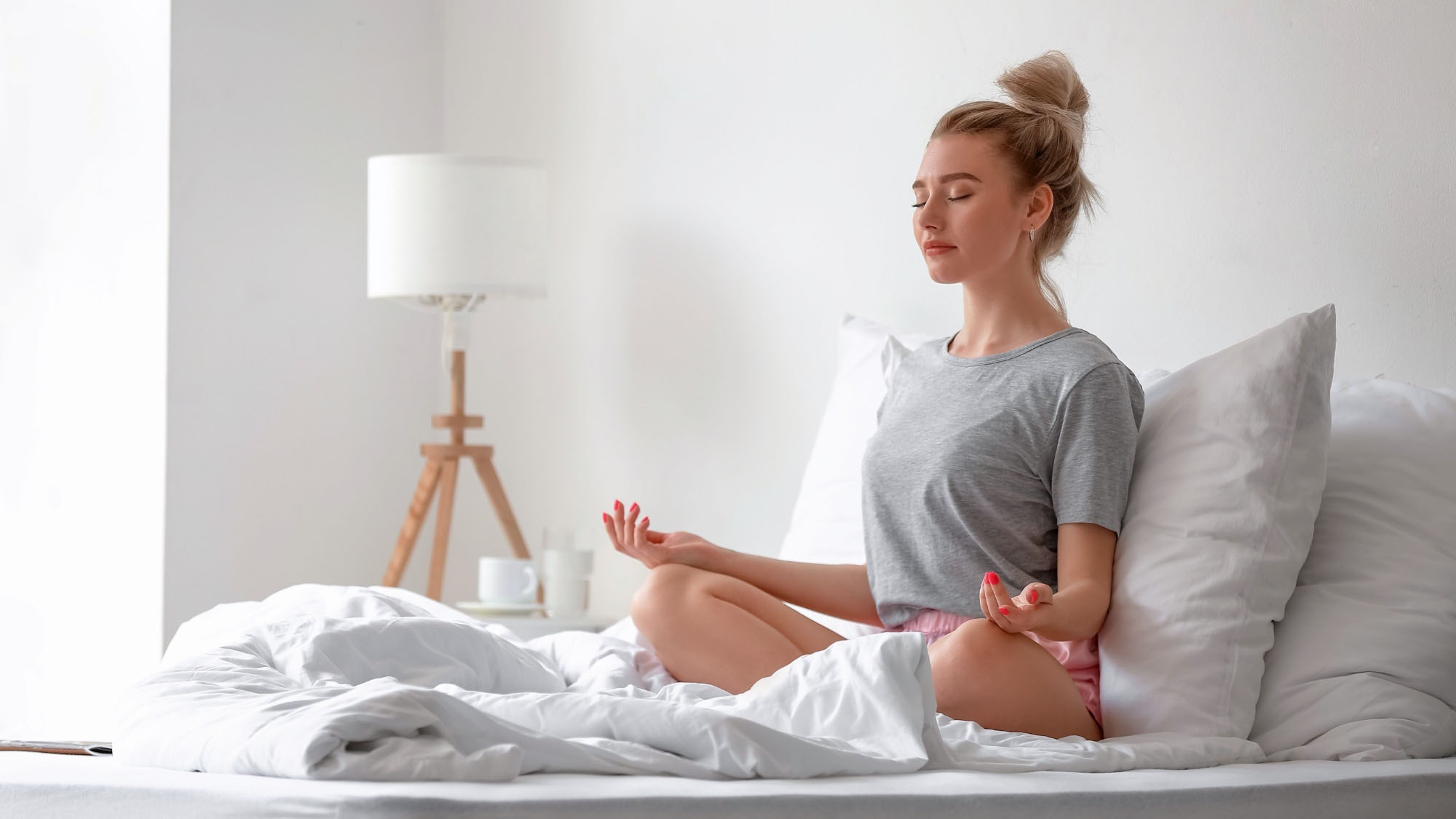
However, other sleep experts are more skeptical about the 4 7 8 method, and their opinions reflect my experience with the technique. Sleep psychologist Dr Nicola Cann recently dismissed the method as "clickbait" in a recent Instagram post. "The 4 7 8 method is just a breathing technique," she wrote. "Another breathing technique. There are many. This one might even have worked for you, but it's not the answer for everyone and it's not the only answer."
Alternative methods: What are the best breathing methods for sleep?
If you decide the 4 7 8 method isn't for you, then there are a number of alternatives. The Military Sleep Method promises to help you fall asleep in 2 minutes flat (though I'm skeptical of this claim as being able to fall asleep in under 5 minutes is a clear sign of sleep deprivation). It was developed to help soldiers fall asleep anywhere and at any time. Like the 4 7 8 method, it involves some breathing exercise, but also some physical and mental exercises, too. This technique has grown in popularity over the years, but it can be tricky to remember.
Guided sleep meditation can be great if you find techniques hard to remember, as guided meditation uses a calming voice to guide you through each step. These sleep mediations often instruct you to inhale and exhale, but play soothing music and imagery, too.
If you're like me, and going to bed on time is your main sleep issue, then you may want to try the 10-3-2-1-0 sleep method. This restricts your screen time and prevents you from overworking, instructing you to ditch the work emails two hours before bed and avoid blue light one hour before bed.
Sign up to get the BEST of Tom's Guide direct to your inbox.
Get instant access to breaking news, the hottest reviews, great deals and helpful tips.
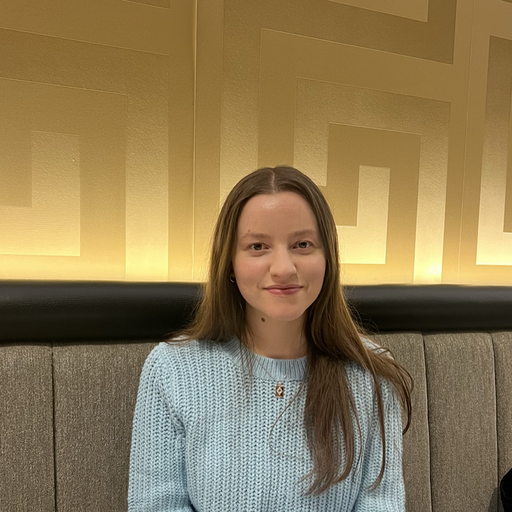
Frances Daniels is a PPA-accredited journalist and Sleep Staff Writer at Tom's Guide with an MA in Magazine Journalism from Cardiff University. Her role includes covering mattress and sleep news and writing sleep product reviews and buyer's guides, including our Best Hybrid Mattress 2025 guide. She is hugely interested in the relationship between good sleep and overall health, interviewing a wide array of mattress and sleep experts to create well-informed articles about important topics such as nutrition, sleep disorders (from sleep apnea to night terrors), lucid dreaming, sleep hygiene, and mattress care. She is also our specialist on mattress toppers — producing mattress topper reviews and taking care of our Best Mattress Toppers 2025 guide — and takes the lead on all content related to fiberglass-free mattresses for a clean, non-toxic sleep. Outside of Tom's Guide, she has written for Ideal Home, Homes & Gardens, and Marie Claire.

